Exclusive interview with Dior’s Maria Grazia Chiuri
The maison’s artistic director explains her vision of femininity


Many years ago, Maria Grazia Chiuri had a chance encounter with someone in whose footsteps she was destined to follow. During a visit to Paris’ Hotel Costes, she spotted a familiar face in the canopied courtyard: Yves Saint Laurent. The bespectacled couturier had long been a hero of Chiuri’s, so she mustered the courage to introduce herself. Touched by her kind words, the notoriously shy Saint Laurent responded with a simple but heartfelt "thank you". Relating this story today, Chiuri can’t help but smile. It sounds like serendipity but perhaps her future was written in the stars: Saint Laurent joined Christian Dior’s Parisian maison as the designer’s assistant in 1955, becoming head designer aged just 22; Chiuri was announced as artistic director almost six decades later, becoming the first female designer to lead the brand in its 70-year history. Both trailblazers, therefore, at different ends of the Dior genealogy.
As the custodian of a luxury house defined by many ground-breaking chapters – in addition to Dior himself and Saint Laurent, count Marc Bohan (1960-1989), John Galliano (1996-2011), Raf Simons (2012- 2015), and the former creative director of Dior Homme, Hedi Slimane (2000-2007) – Chiuri has a mindful approach when it comes to the house’s design codes. But while she is well-versed in the brand’s history, she is certainly not bound by it.
With four ready-to-wear and two haute couture collections since her SS17 debut, the designer has progressively championed female empowerment for a new generation of Dior customers. "For me, it’s important to work in a way that maintains the heritage and the values of the brand, but at the same time give my point of view about women today," says Chiuri. "We can appreciate the past, the culture of couture, the craftsmanship, the quality, and try to take some inspiration, but you are to use that inspiration in a contemporary way. I can’t do the same dress that Mr Dior did in the '50s, because women now are different."
The Week
Escape your echo chamber. Get the facts behind the news, plus analysis from multiple perspectives.

Sign up for The Week's Free Newsletters
From our morning news briefing to a weekly Good News Newsletter, get the best of The Week delivered directly to your inbox.
From our morning news briefing to a weekly Good News Newsletter, get the best of The Week delivered directly to your inbox.
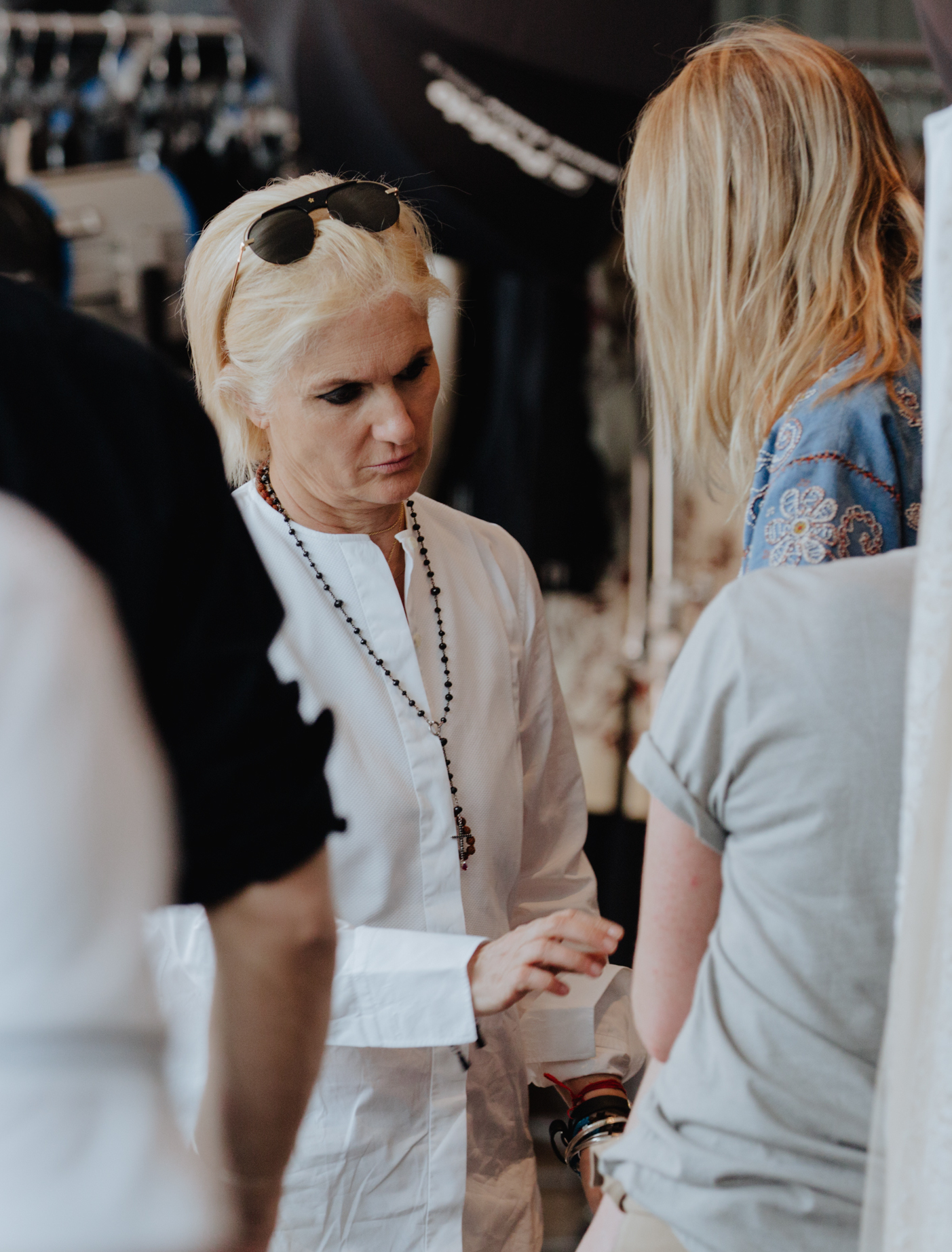
As an ambassador for modern women today, Chiuri has made a bold move, but for this couturier, feminism starts with logical thinking. “When I arrived, everybody said that Dior is a feminine brand,” she says in the luxurious first-floor salon of Dior’s Rue Marignan premises, tucked away on a side street off the Champs-Elysees. “What does it mean today being a feminine brand? I think it means we take care of the women; that women feel they are important for us, that we want a dialogue with them. We don’t want to impose our point of view.”
To gain a real understanding of Chiuri’s 'Dio(r)evolution' – a slogan that first appeared on a SS17 T-shirt – one has to look at Chiuri herself, and the clothes she wears. For the finale of Dior’s Resort 2018 show, Chiuri took her bow in printed silk trousers and an oversized V-neck sweater; for her SS17 haute couture appearance on the runway, Chiuri paired her frayed denim jeans with a black Bar Jacket, the tailored blazer with peplum waist that has become emblematic for the brand since Dior first included it in his 1947 New Look collection.
Chiuri is aristocratic-looking with a platinum blonde bob, fair skin and dark brown eyes accentuated by a generous helping of kohl. Her eclectic but elegant wardrobe underlines her belief that contemporary dressing is about the freedom to choose. Today, she is dressed in a black leather knee-length skirt, flat Chelsea boots and a cashmere crew-neck sweater. This is emboldened by eye-catching jewellery: rings stacked on almost every finger, and a choker-style necklace punctuated by a pair of golden lips. The striking pendant was a gift from former Saint Laurent collaborator Claude Lalanne, who created elaborate floral, insect and entwining bramble jewels in galvanised copper for Chiuri’s SS17 haute couture collection.
Combining elegance with a rebellious spirit – or, as she puts it, "a twist cool" – has become a hallmark of Chiuri’s work at Dior, which she attributes to her teens, growing up in Rome. "I remember my mother chose some dress like one for a doll – terrible, so sweet. I would like [to have worn] denim and a military jacket." Like many girls her age, Chiuri would secretly pin up the hem of her school skirt. "I hated this shape," she says, smiling broadly, tracing the garment’s line with one finger. "I would like to cut!"
A free daily email with the biggest news stories of the day – and the best features from TheWeek.com
Born in 1964, Chiuri attended the Rome branch of the European Institute of Design, along with long-time collaborator Pierpaolo Piccioli. Back then, she worried that top-tier fashion roles wouldn’t be open to her unless she launched a label, like Giorgio Armani or Gianni Versace. Determined not to settle for marginal jobs, Chiuri embarked on an ambitious career waymarked by high-profile positions at prestige houses.
She and Piccioli joined forces and the pair entered Fendi’s accessories studio – she in 1989, he in 1990 – where they helped launch the famous Baguette Bag in 1993. Six years later, Chiuri and Piccioli moved to Valentino where they rose quickly in the ranks, first overseeing accessories then helming the label’s Red Valentino line (2003), before being appointed co-creative directors of mainline fashion and accessories in 2008. At Valentino, their award-wining work saw the heritage label thrive, with sales reaching more than $1 billion in 2015, nearly doubling the previous year’s figures.
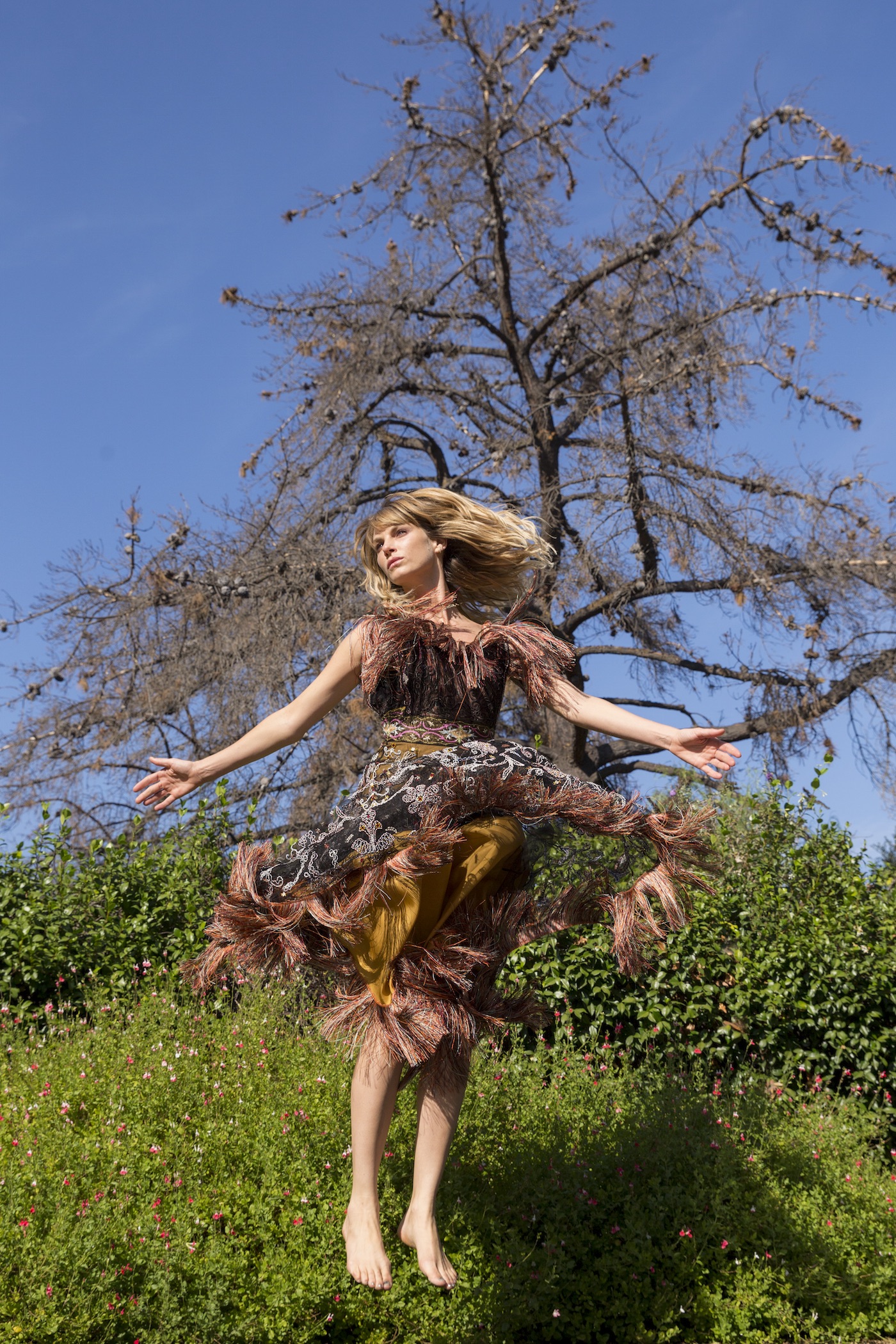
Chiuri remembers the first day of her new job in Paris, at Dior’s sprawling HQ and workshops, where she was introduced to the many international teams charged with shaping the brand. "I think fashion now is a language that is not only the runway but also the store, the windows, the campaigns," says Chiuri, describing her 360° approach. She speaks fondly of the highly skilled seamstresses and supervisors who steer Dior’s two specialist haute couture and ready-to-wear studios. "Oh, I really love the ateliers," she says, softening her tone. "They are so proud to be part of them, and they have supported me a lot."
In her collections, Chiuri uses these many artisanal resources to exuberant effect. Her debut collection featured a cornucopia of intricate embroideries in the shape of insects, zodiac signs, surrealist lobsters and hearts shedding a tear, Cocteau-esque doodles, and the number 8 – a symbolic clin d’oeil to Christian Dior’s lucky number. Since then, motifs have included crystal singing birds on denim (Pre-Fall 2017), tarot symbols (SS17 haute couture) and shooting stars (AW17). "I really love this part of the job," she says of her connection with Dior’s craftspeople. "It’s more difficult to express with words what you think. I feel it’s more my job to make a collection than to explain the collection."
In Chiuri’s world, femininity and feminism are natural bedfellows. "Of course women love florals," she says on the subject of traditionally ‘female’ prints, "but I think men do too. My husband [Paolo Regini, a highly-skilled shirt-maker] loves flowers and has more aptitude with them than I do."
Chiuri has cleverly managed to combine Dior’s ethereal and Parisian-chic aesthetic with her own feminist call for equality, sometimes expressed subtly through technical prowess and design, other times loud-and-proud thanks to standout slogans. For SS17, she emblazoned T-shirts with the words 'We Should All Be Feminists' – a quote borrowed from award-winning Nigerian novelist Chimamanda Ngozi Adichie – and "Why Have There Been No Great Women Artists?", after a 1971 essay by art historian Linda Nochlin. She has delved deeper still, subverting the very idea of gender-specific dress codes by looking to sportswear and uniforms – today more unisex than ever – lifting them into the realms of couture thanks to her talent for reinvention.
Her SS17 ready-to-wear collection took its cue from fencing costumes: white-on-white looks included cropped breeches paired with a quilted jacket, a single red heart embroidered on the chest. There have been tracksuits paired with trainers featuring a black bee symbol – a favourite motif of Hedi Slimane when he was head of Dior Homme – Caban jackets (AW17), carpenter jeans, four-pocket overalls and double-breasted pageboy uniforms (SS17 haute couture). Fabrics, too, bridge the gap between men’s and womenswear. For her AW17 haute couture collection, Chiuri worked with wool herringbone and woven tweeds and introduced denim to her Dior repertoire. Her embrace of unisex clothing reflects Chiuri’s own wardrobe; for years, she would buy Prada men’s trousers, favouring their straight fit.
Earlier this year, Ruth Bell, the pixie-haired British model who has opened most of Chiuri’s Dior shows to date, heralded the start of the brand’s 2018 Cruise show on a remote patch of wilderness in the Santa Monica Calabasas foothills. As a sand-coloured hot air balloon decorated with the words 'Dior Sauvage' slowly rose towards the Californian sky at dusk, 800 guests watched as Bell walked the desert runway in sturdy black boots, a long folk dress embellished with beaded fringing and skeleton embroidery and a black parson’s hat designed by milliner Stephen Jones. As a nod to Dior’s 1951 Lascaux collection, which famously referenced prehistoric cave drawings, Chiuri featured primitive-inspired art on garments cast in silk and raffia.
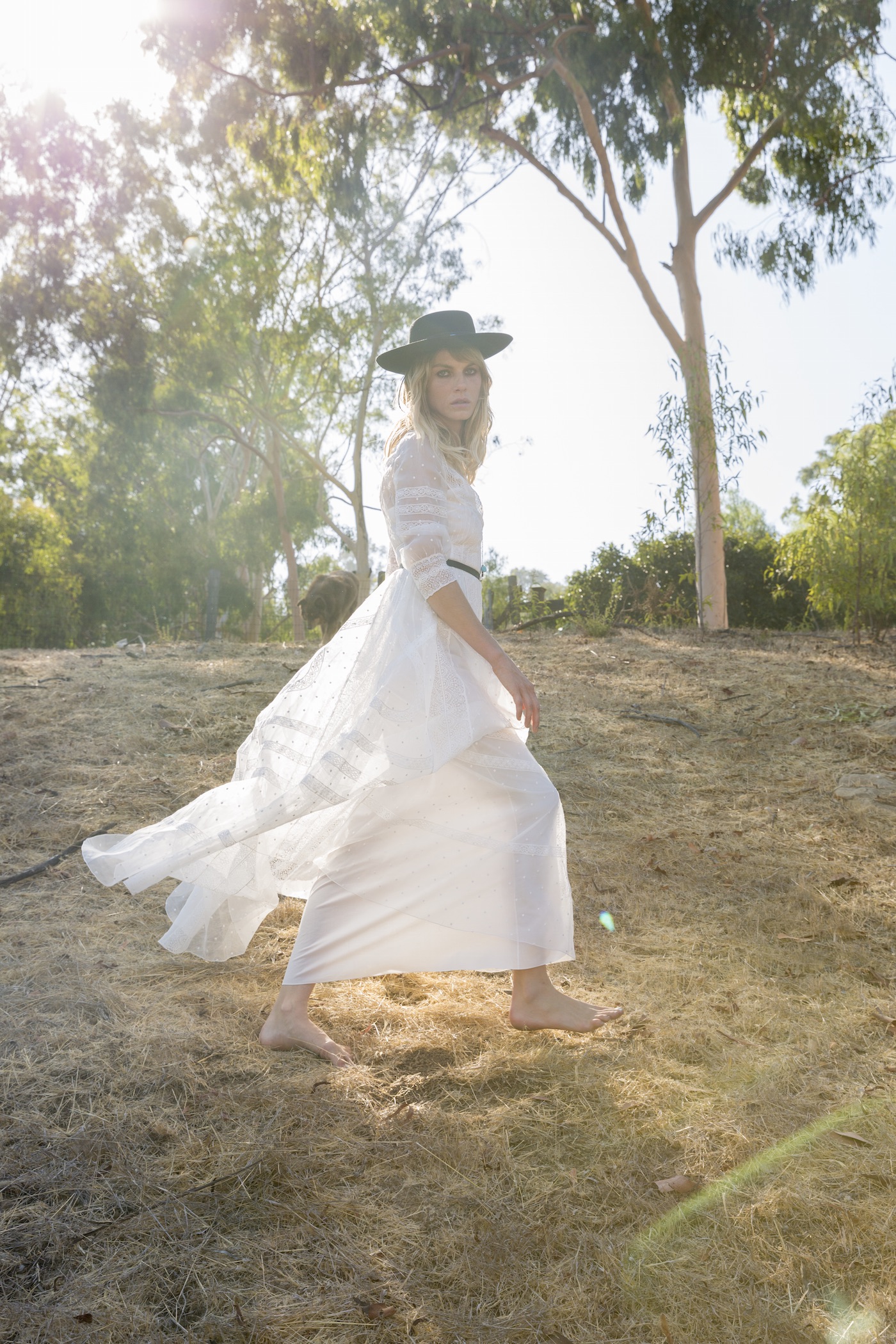
The collection’s longline silhouettes were inspired by the artist Georgia O’Keeffe who favoured soft and unstructured dresses, coats and tunics. Chiuri’s collection was a feminist fable set against an earthy cinematic backdrop, her female leads cast as artistic and worldly-wise; women as strong as the earth beneath their feet.
"On one side, I want to be a curator for the past. On the other side, I want to give my point of view about the future," says the designer. To attempt to define Chiuri’s Dior woman would be to diminish the principle she is trying to expound: that feminism is not about signifiers or semantics, it’s about a state of mind. Echoing this sentiment, Chiuri shares a little extra insight into her raison d’etre: "I think creativity gives another point of view to my life. It’s not a job, it’s like playing. I am very lucky; I play a beautiful game: the Dior game."
The House of Dior is celebrating its 70th anniversary with an exhibition at Paris’ Musée des Arts Décoratifs. ‘Christian Dior, Couturier du rêve’ runs until January 7, 2018; lesartsdecoratifs.fr
Photography by: Tierney Gearson
Fashion by William Gilchrist
Model Angela Lindvall
Story by Felix Bischof
-
 Shots fired in the US-EU war over digital censorship
Shots fired in the US-EU war over digital censorshipIN THE SPOTLIGHT The Trump administration risks opening a dangerous new front in the battle of real-world consequences for online action
-
 What will the US economy look like in 2026?
What will the US economy look like in 2026?Today’s Big Question Wall Street is bullish, but uncertain
-
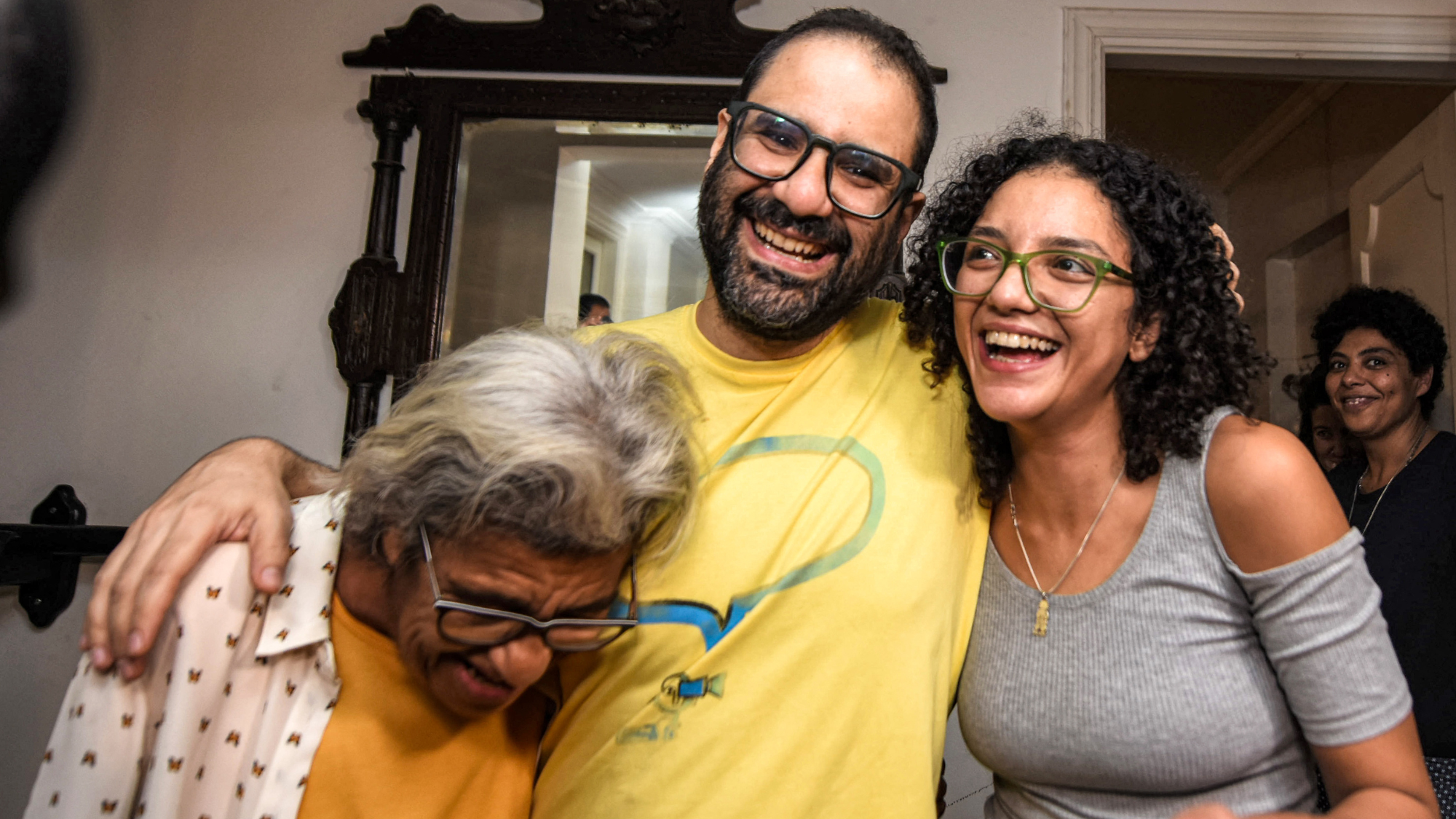 Alaa Abd el-Fattah: should Egyptian dissident be stripped of UK citizenship?
Alaa Abd el-Fattah: should Egyptian dissident be stripped of UK citizenship?Today's Big Question Resurfaced social media posts appear to show the democracy activist calling for the killing of Zionists and police
-
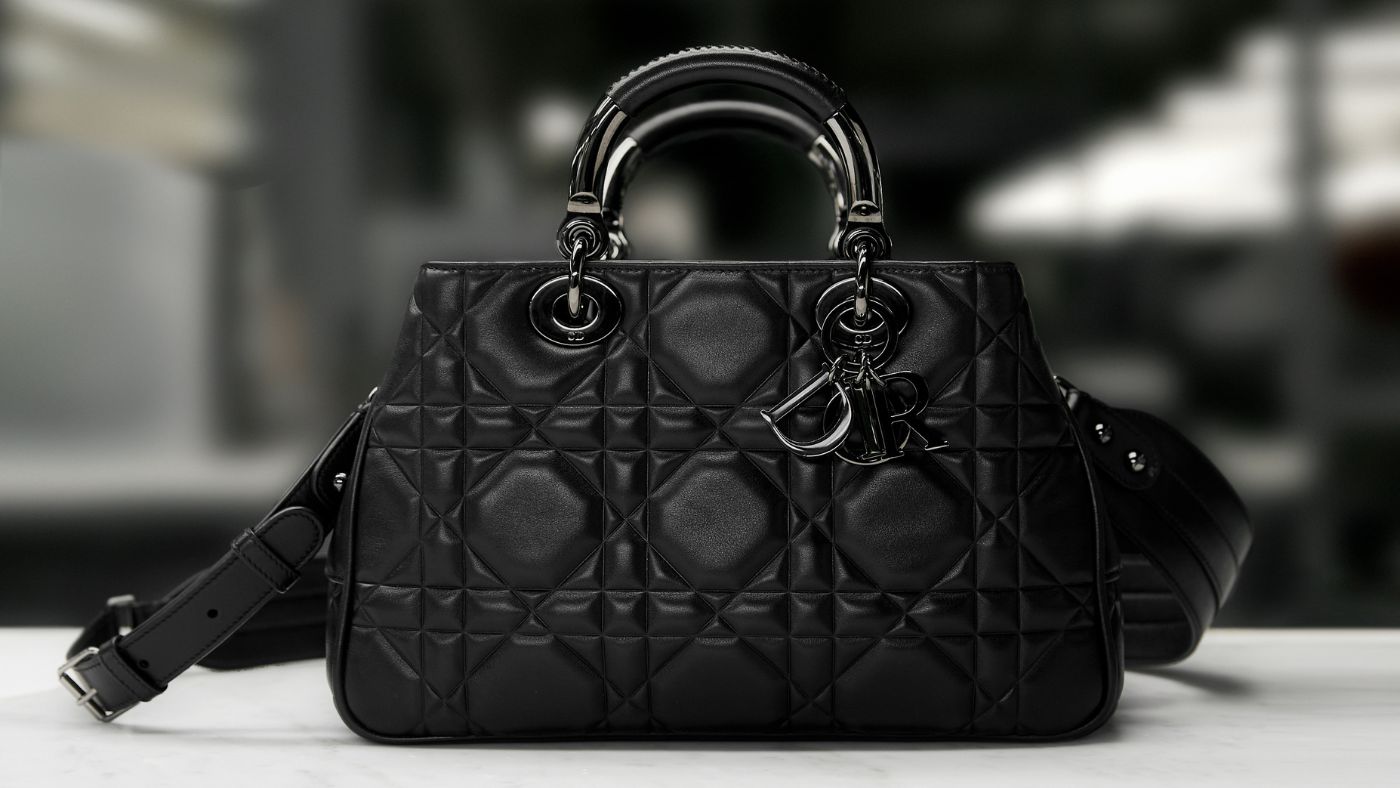 Dior’s Lady 95.22 bag: high frequency, high style, high society
Dior’s Lady 95.22 bag: high frequency, high style, high societyUnder the Radar Maria Grazia Chiuri’s Lady 95.22 is a celebration of craft
-
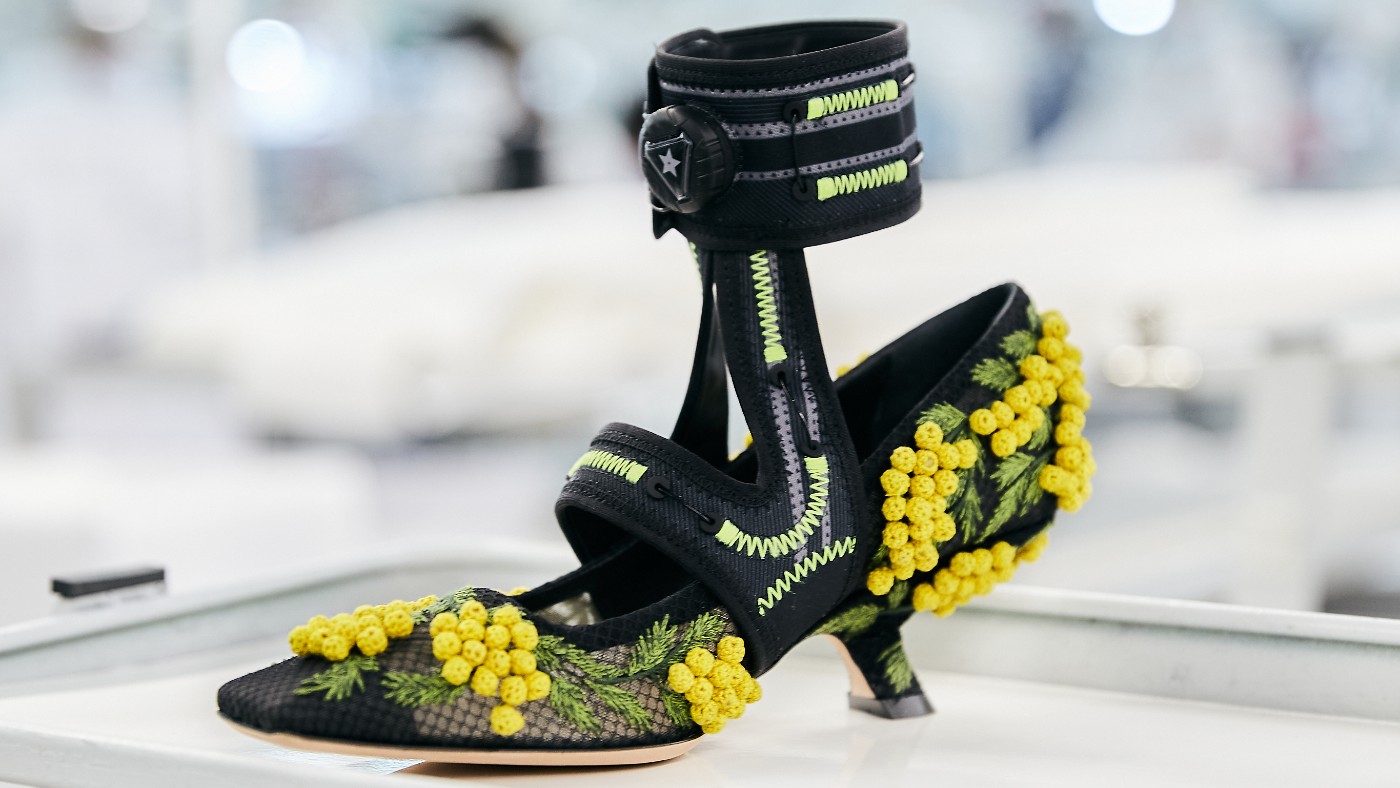 Christian Dior and Roger Vivier: the power of two
Christian Dior and Roger Vivier: the power of twoUnder the Radar A new shoe celebrates the partnership between legendary couturier Christian Dior and influential designer Roger Vivier
-
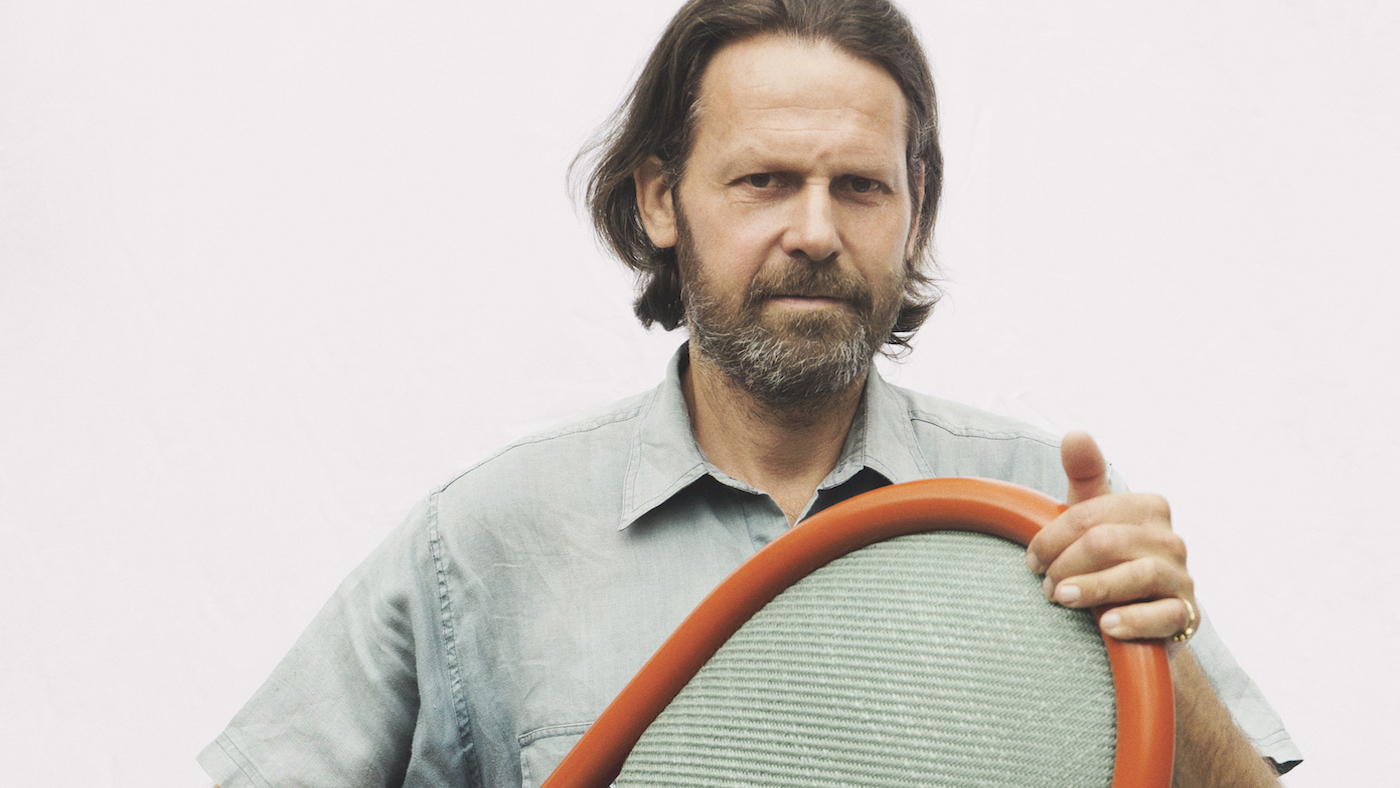 A Dior icon: Martino Gamper explains his medallion chair
A Dior icon: Martino Gamper explains his medallion chairUnder the Radar ‘People come and go yet the chairs remain,’ the Italian designer said
-
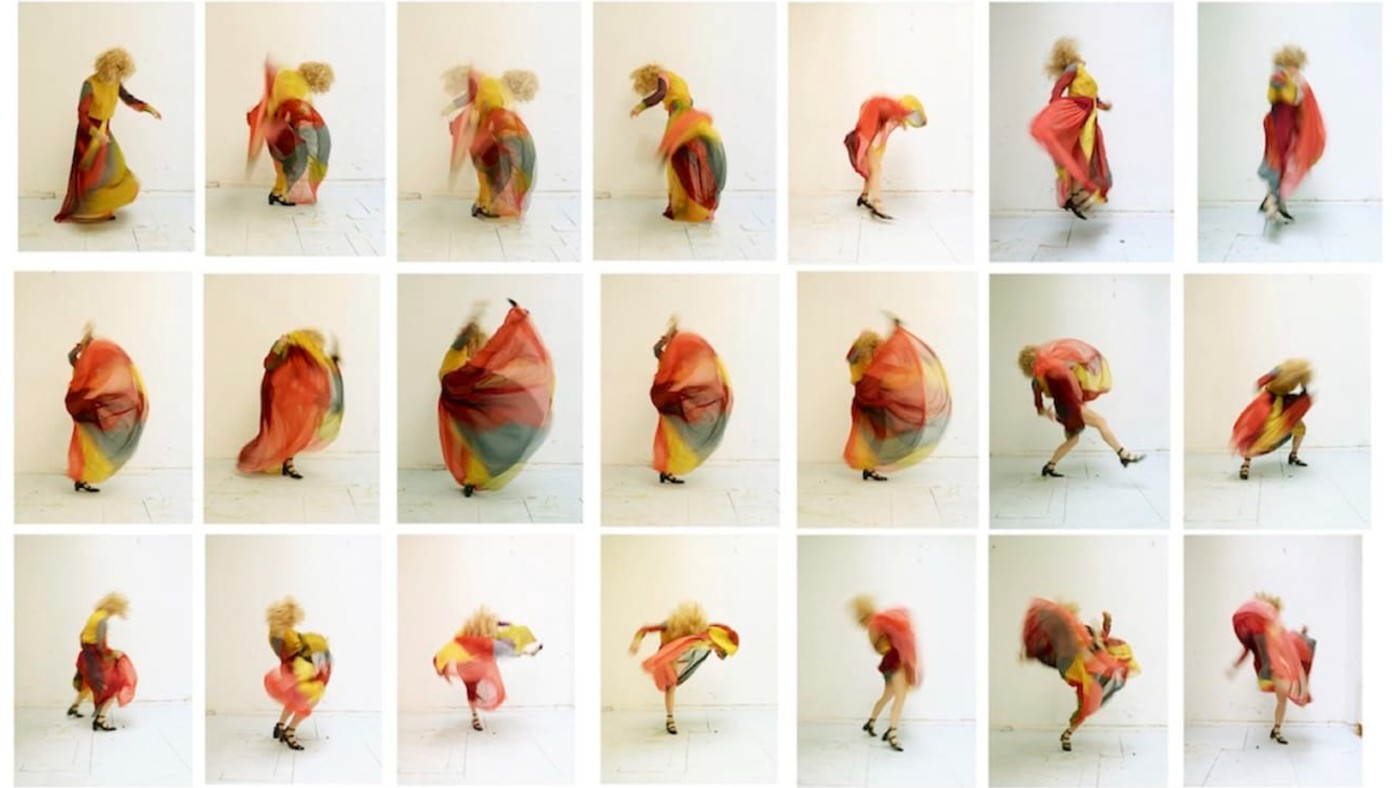 Maria Grazia Chiuri interview: Dior is ready to celebrate
Maria Grazia Chiuri interview: Dior is ready to celebratefeature Designing a Dior for the post-pandemic world
-
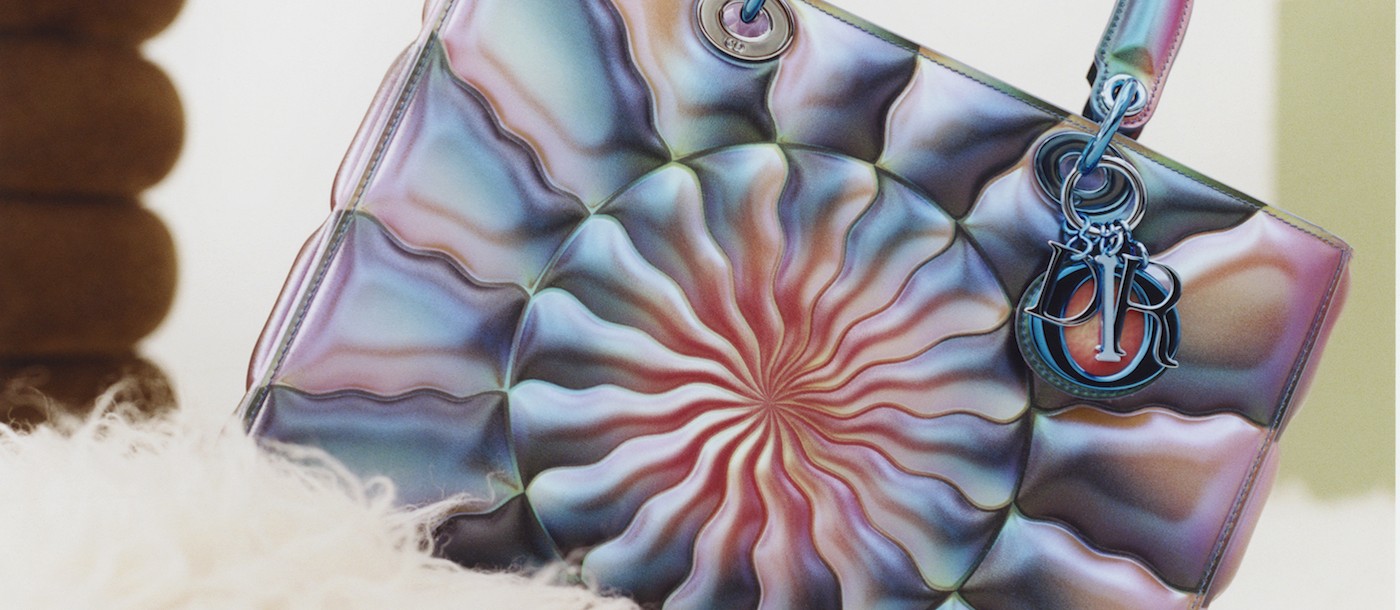 Judy Chicago interview: Dior Lady Art 5
Judy Chicago interview: Dior Lady Art 5In Depth American artist talks Dior and the art of collaboration
-
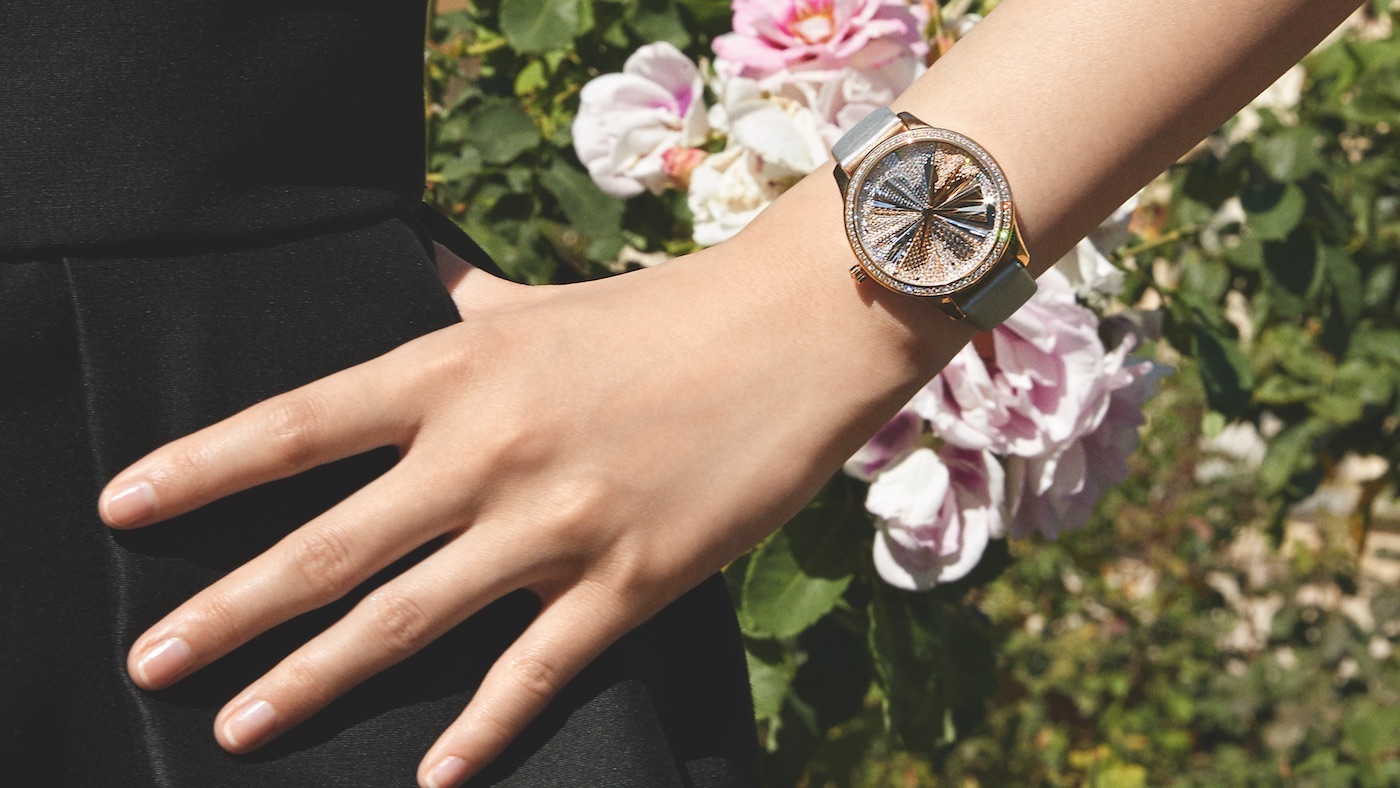 High time to have a ball: Dior Grand Soir Plissé Précieux
High time to have a ball: Dior Grand Soir Plissé PrécieuxSpeed Read A new haute couture timepiece by Dior
-
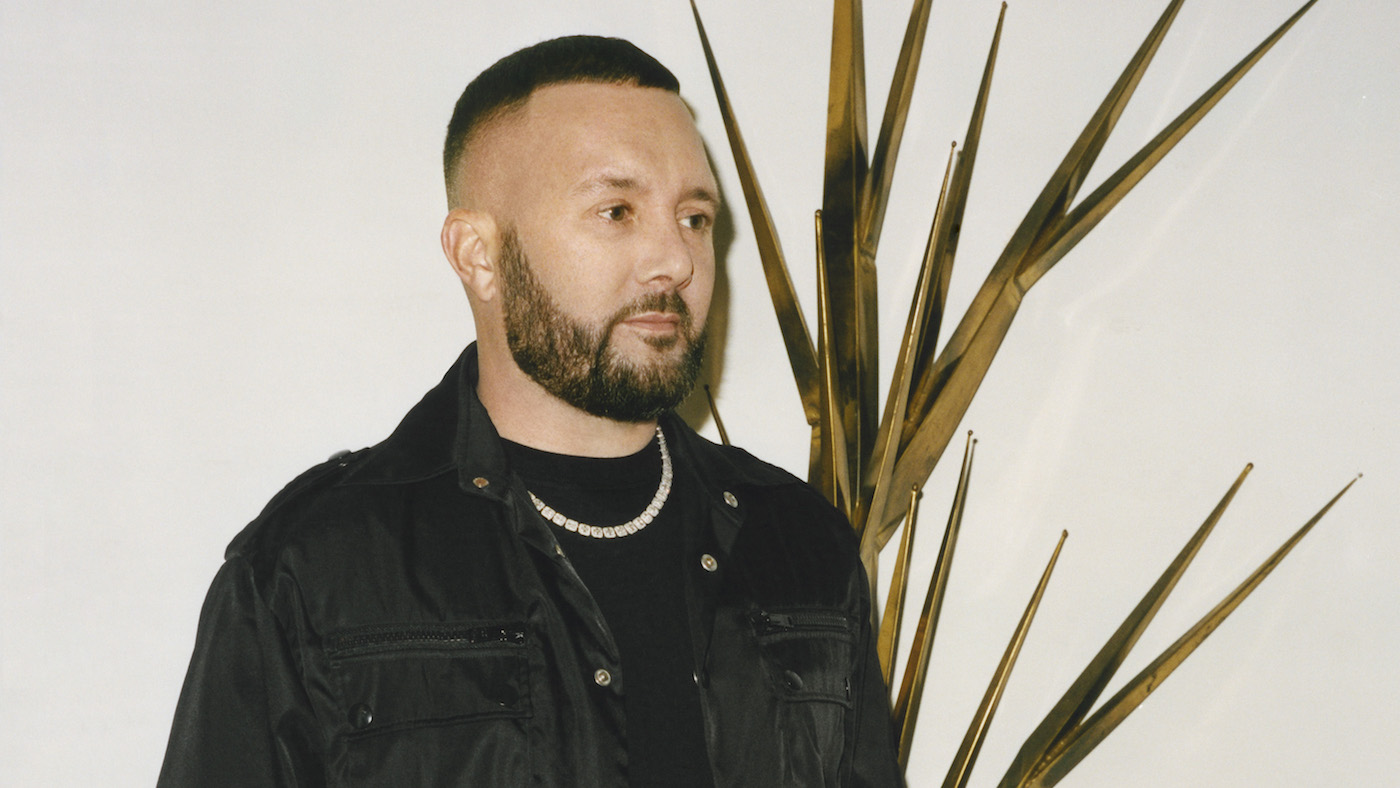 Fashion designer Kim Jones: Transforming Dior
Fashion designer Kim Jones: Transforming DiorIn Depth English fashion designer Jones has applied his Midas touch to Dior menswear
-
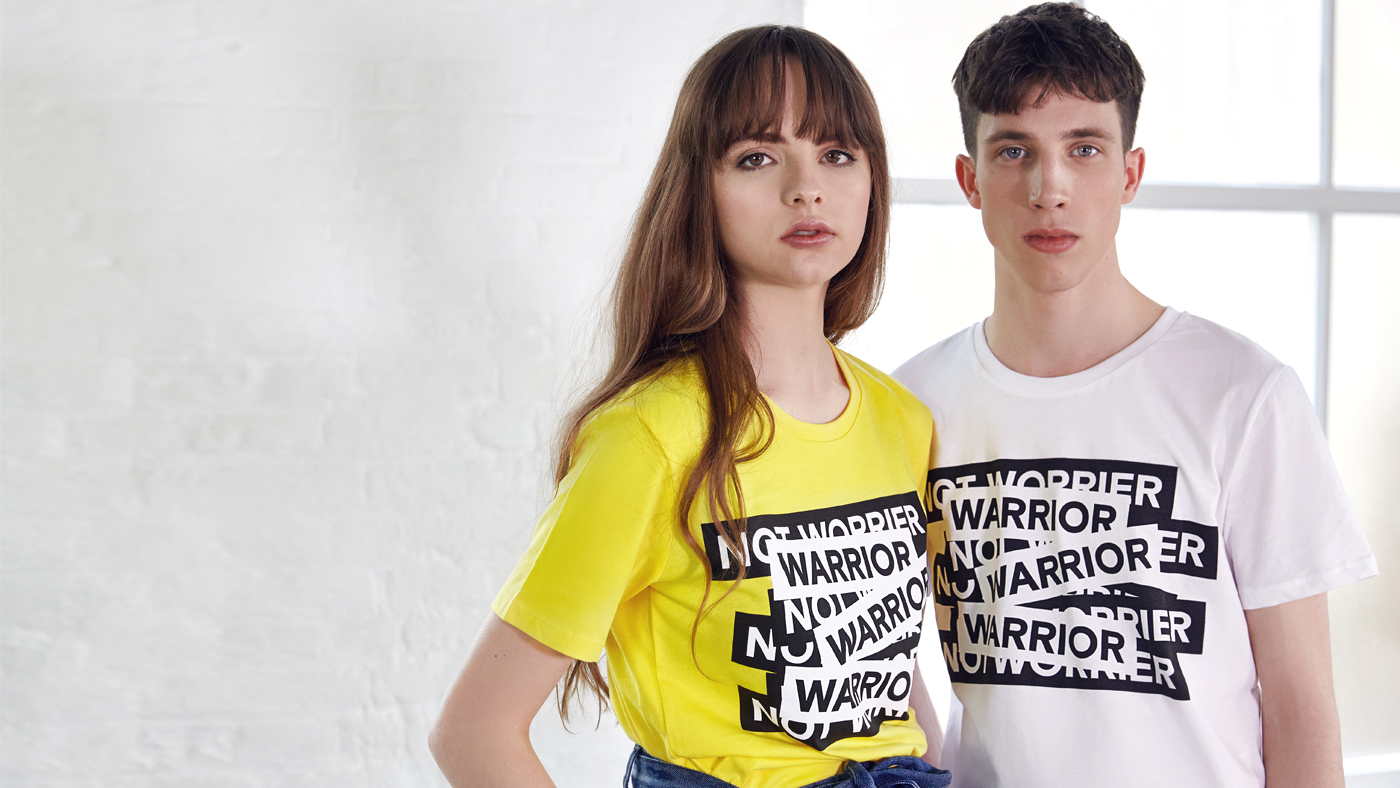 Maison de Choup: ethical clothing down to a Tee
Maison de Choup: ethical clothing down to a TeeThe Week Recommends How a fashion label born from anxiety is helping Kate Middleton fight the stigma of mental illness